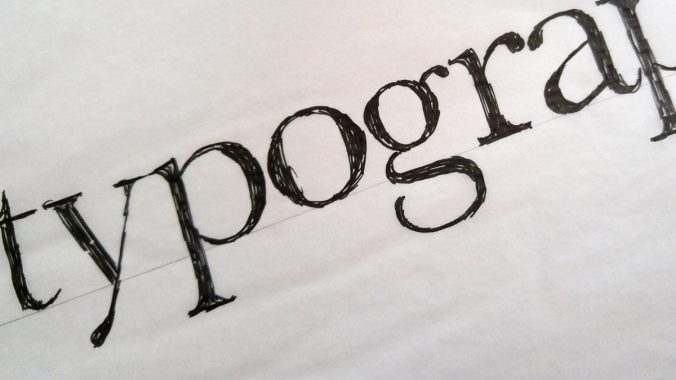Wed, Feb 1, 2017
Let’s review some of the things we learned during our second session:
Introduction to the Five Families of Type
Old Style – Garamond
Transitional – Baskerville
Modern – Bodoni
Egyptian or Slab Serif – Century Expanded
Sans Serif – Helvetica
You need to become very familiar with these families/categories and the characteristics of each.
Download lecture slides





Recent Comments